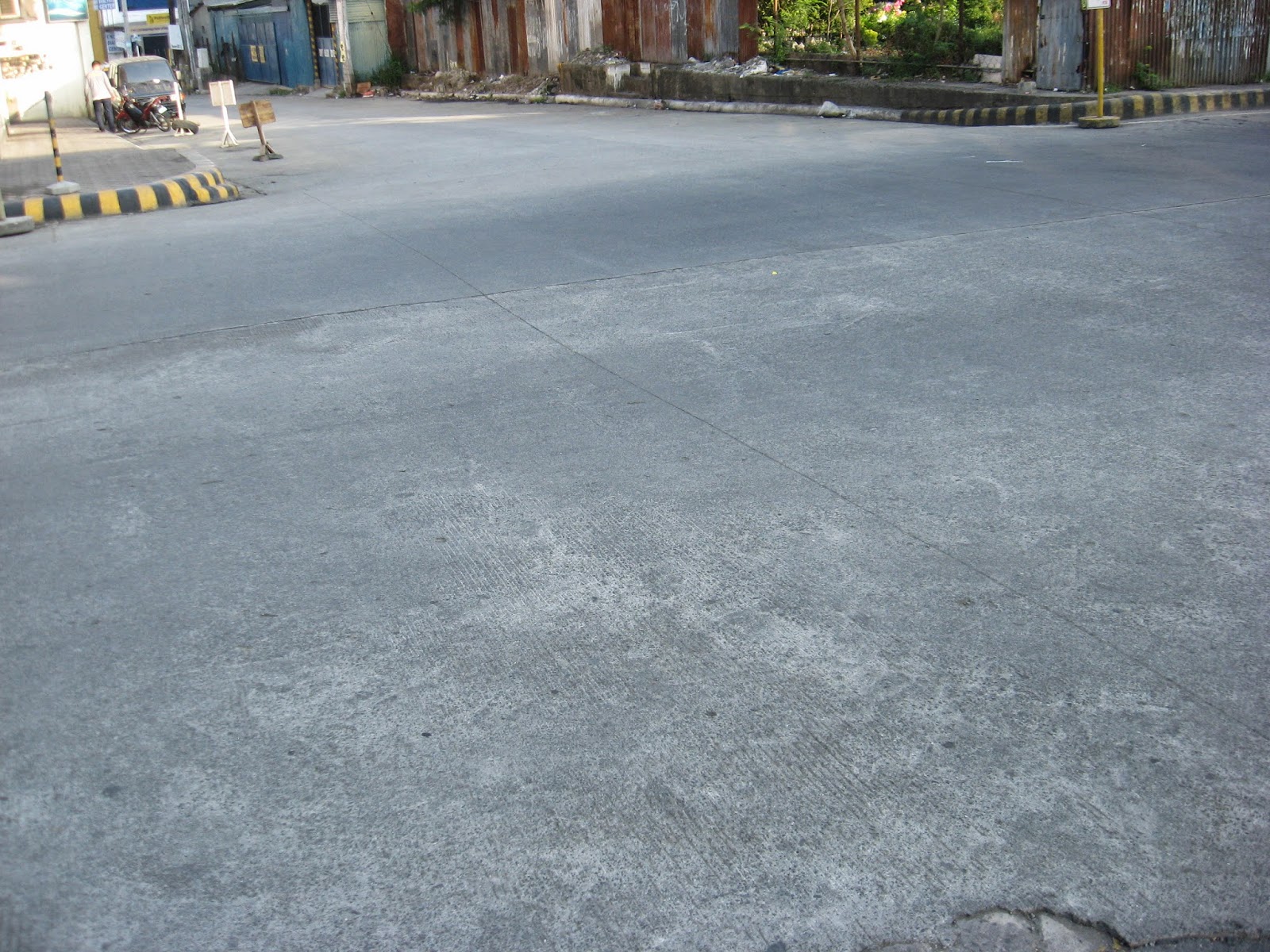WHAT MORE CAN LIFE OFFER
When one is young all the expected bounties and wonders of
life are gloriously arrayed in front, eagerly awaiting their choosing. And the dizzying numbers of life’s offerings
accord us little respite for introspection.
We are wont to grab at the closest enticing “fruits” our eyes can feast
on and our arms can wrap around.
And most of us plod through life being bombarded with these
enticements so that somehow time unwittingly passes without much thought and
reflection. We just let life, or more
aptly allow life, to pass through us in the order and likely priority things
are presented to us.
Most times whether for good or bad little is done in the way
of long-term assessment. As long as we
are enjoying ourselves or if not as long as they are within tolerable levels of
our good judgments whether morally or socially.
Sometimes we are stopped dead on our tracks by well-meaning people who
may find our hedonistic ways deviating from some acceptable societal
strictures. Or prodded by some
unexplainable urge, we stop ourselves from proceeding, giving us pause to allow
for a refocus and refresh.
All these will occur in our lives to bring us to our wizened
stages, and beyond. And we may ask
ourselves the question: What more can
life offer?
If we have weaned ourselves of the unnecessary trappings of
this temporal existence that question will keep popping up. Lest we proceed with our waning years,
rudderless and without meaningful purposes of life.
I consider this time then the crossroad where this question
is most apropos. After all we are at an
age that approximates the average lifespan of the species.
Answering that question is no easy task coming immediately
after a life of perplexing challenges – delving on a host of hard questioning about
elemental issues of human existence.
If life had been a more deliberate and regimented cadence of
focused and purposeful daily living, it might have been easy to confront and
resolve the many ramifications of such an issue.
But rarely does such thing happen. Rather it will literally be a hodge-podge of
a life littered with countless trials and errors each aimed at arriving at some
pre-determined goals and purposes. Since
success or contentment has been such an elusive quarry, such a succession of
unexpected results has been the norm. So
that finding therefore what else life has to offer poses such a daunting
challenge.
But many sessions of solitary introspection have revealed
enough to write about what life could still have to offer at this late stage in
life. The fact of having been exposed to
the earthly works of Christ and his ardent followers has given us sufficient
material to plot out a defensible plan for the remainder of our lives.
However, if one continues to be firmly bound and attracted to
this temporal life, we cannot resolve this issue so that one can scheme a plan
for a happy ending, one true to one’s purposes of living.
This earthly life no doubt holds a lot of allurement and
strong ties to bind most humans to its temporal love. Given the unique duality of our very nature,
that of body and soul, man is quite predisposed
to favor the more temporal and tangible values of the world - the pleasures of food, travel, sex, good looks
and skills, fame and fortune, all the allures easily grasped by our senses.
The things appertaining to the soul, though unarguably more
lasting and noble are much harder to grasp, much less pursue. Thus man has to take that extra gargantuan
effort to leap from temporal to the mystical or spiritual. Getting to this stage is optional, and does
not come as default. This makes it even
more daunting for us humans. Unless some
catastrophe or life-changing events shake us from our stupor, we tend not to mind
much. We let it pass.
Floated out there is the belief that getting old is a
privilege. And its meaning has been
difficult to fathom. In one vein it
would indeed be a privilege if one expects or is expected to die young. Or if a life-threatening event happens in
one’s life like an accident or a catastrophic illness. Or maybe when one is fated not to reach old
age. Or in our total embrace of our
Supreme Being, it is a privilege because every second of our life is dependent
upon His goodness and providence.
But all things considered old age is a physical
inevitability, regardless how one lives life.
Unlike mental growth which must be consciously and purposely pursued,
old age is the default eventuality for most surviving individuals.
We know then the answer to the question: What more can I do? Rather than: What more can life offer?





























